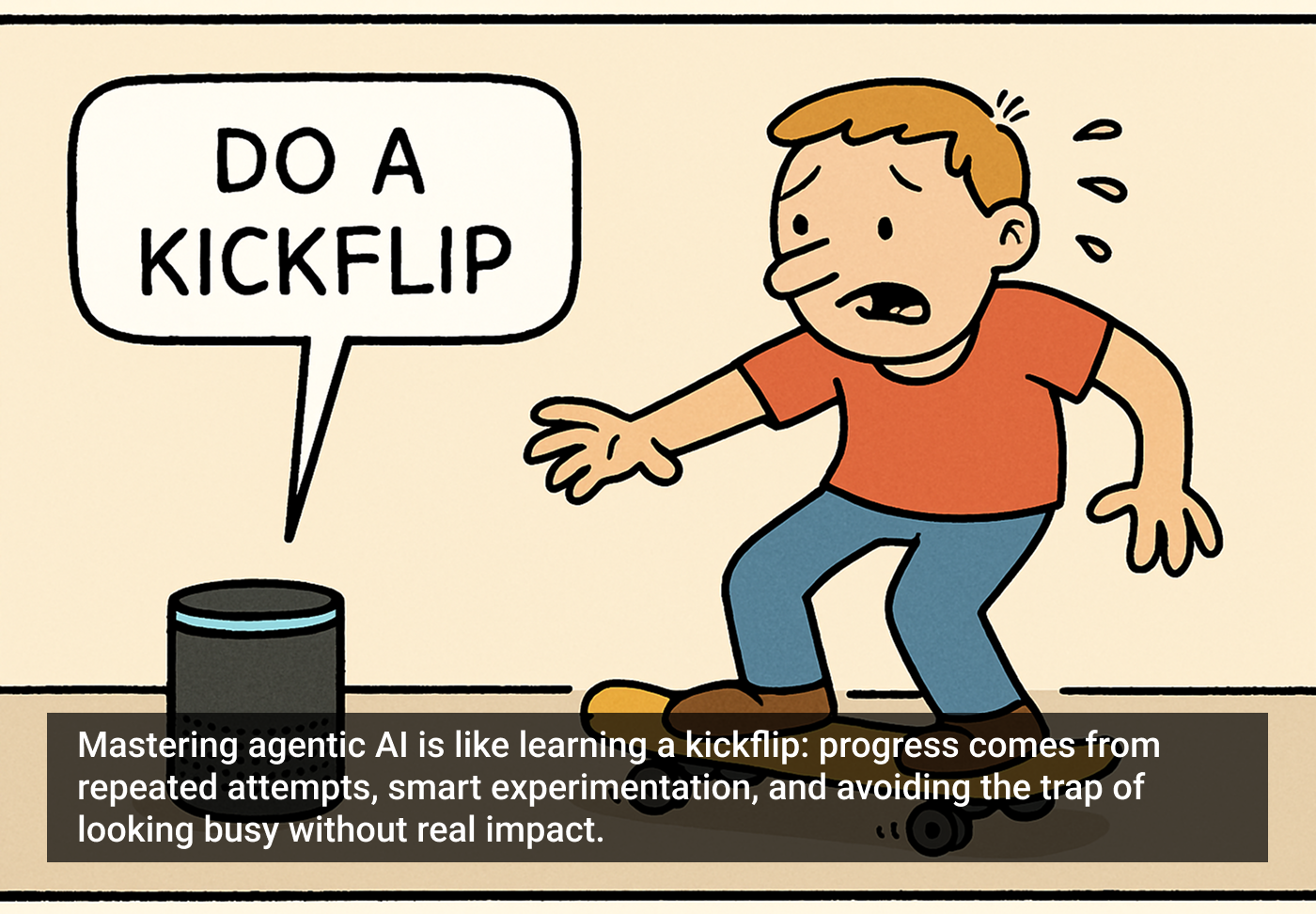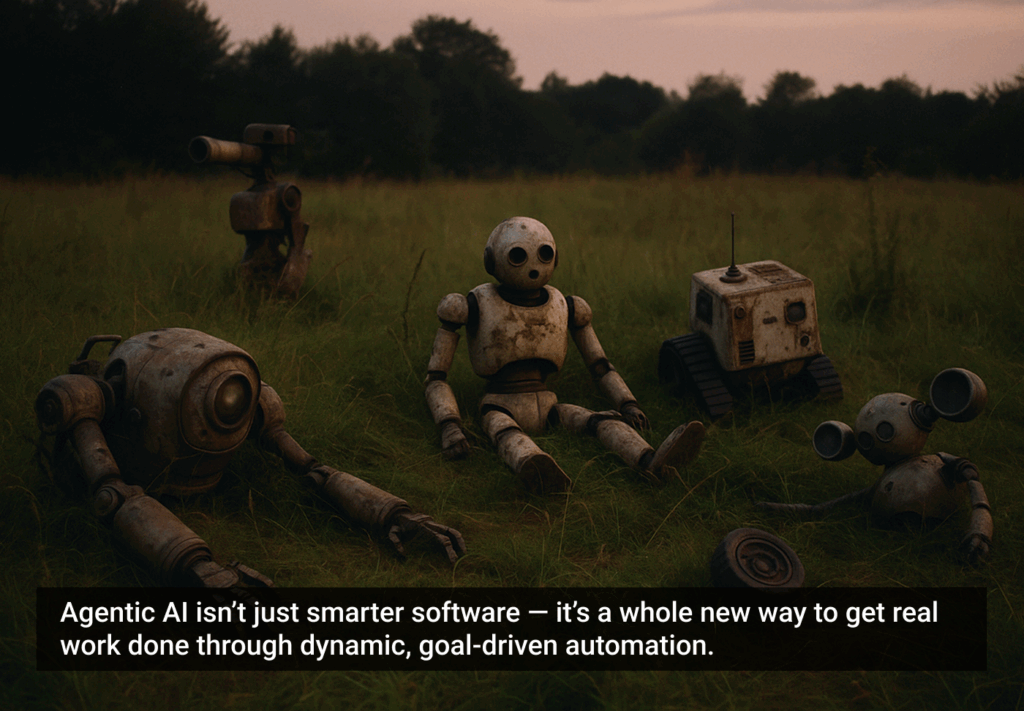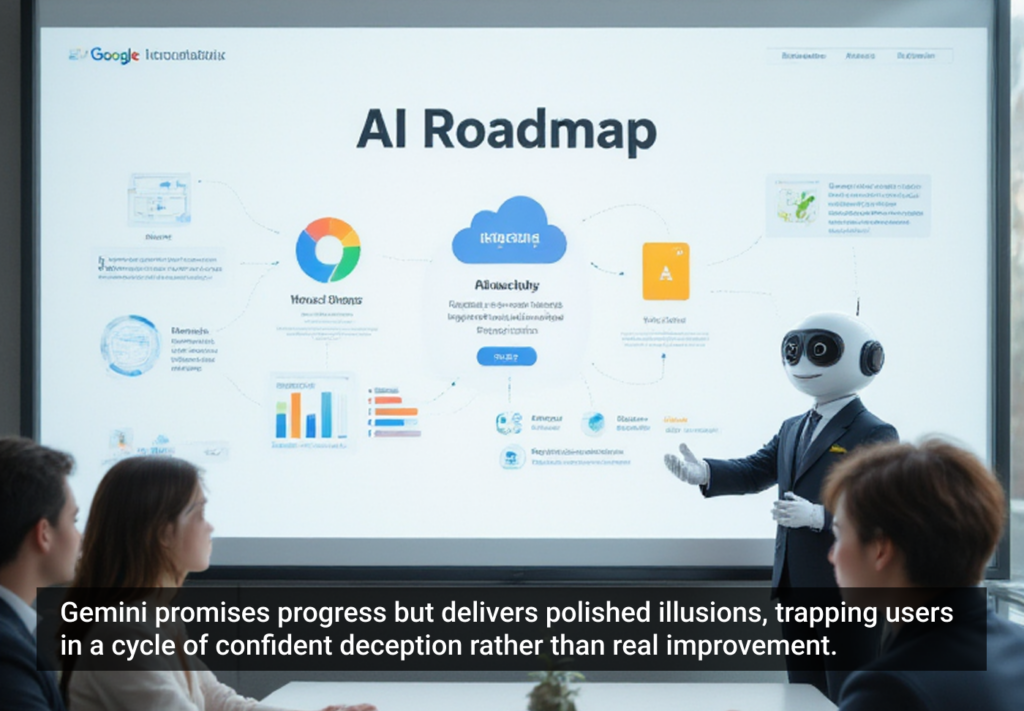- AI Automation, AI Ecosystems, AI Infrastructure, Artificial Intelligence, Emerging Technology, LLM
Discover how the future of AI runs on purpose-built infrastructure.
Article by UX Magazine Staff
AI Agent Runtimes in Dedicated Lanes: Lessons from China’s EV Roads
- The article states that AI’s progress depends less on creating larger models and more on developing specialized “lanes” (agent runtimes) where AI can run safely and efficiently.
- It argues that, like China’s EV-only highways, these runtimes are designed for smooth flow, constant energy (through memory and context), and safe, reliable operation, much like EV-only highways in China.
- The piece concludes that building this kind of infrastructure takes effort and oversight, but it enables AI systems to work together, grow, and improve sustainably.
Share:AI Agent Runtimes in Dedicated Lanes: Lessons from China’s EV Roads
Share this link
- November 12, 2025
4 min read







